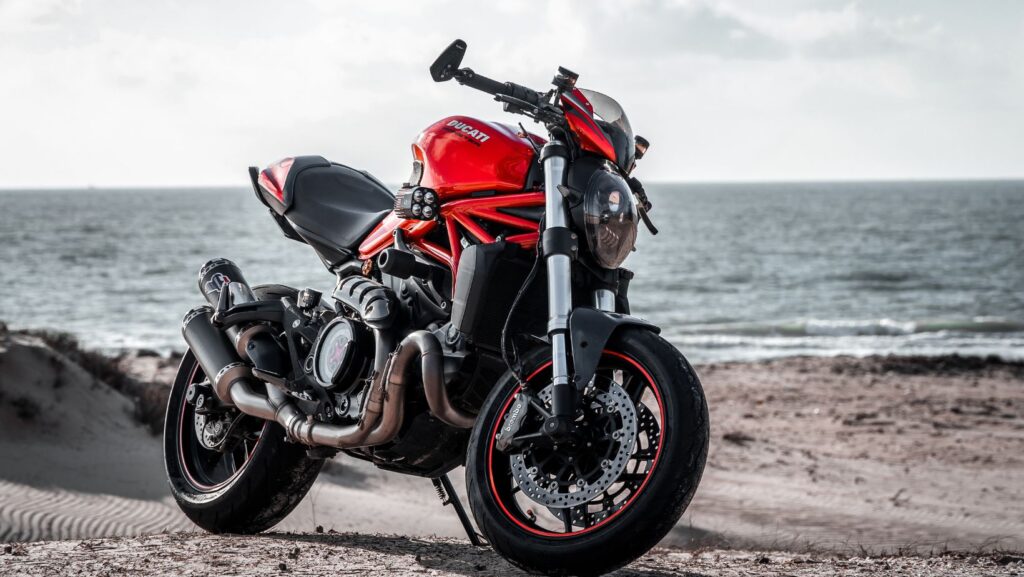When it comes to starting a motorcycle, one of the key steps is knowing when to move the choke to the “on” position. The choke is an essential component that helps regulate the air-fuel mixture in the engine during cold starts. But how do you determine the right time to engage the choke and ensure a smooth start? In this article, I’ll provide some insights on when it’s best to move the choke lever to the “on” position on a motorcycle.
The decision of when to use the choke largely depends on external factors such as temperature and engine condition. Generally, if you’re starting your motorcycle in colder weather conditions or after it has been sitting idle for a while, engaging the choke can be beneficial. By enriching the fuel mixture with more gasoline, it assists in vaporizing fuel and providing easier combustion.
However, keep in mind that using too much choke or leaving it engaged for too long can lead to an overly rich mixture, resulting in poor performance or even fouled spark plugs. It’s important to find a balance and gradually adjust the choke as needed until your motorcycle idles smoothly without any sputtering or hesitation.
When Should You Move the Choke to the On Position on a Motorcycle?
The Function of the Choke on a Motorcycle
When it comes to starting a motorcycle, understanding the function of the choke is essential. The choke plays a vital role in regulating the air-fuel mixture flowing into the engine during cold starts. Its primary purpose is to enrich the fuel mixture by reducing the amount of air entering the carburetor, allowing for easier combustion in colder conditions.
Think of it as giving your motorcycle’s engine an extra boost when it needs it most. By restricting airflow, the choke increases fuel concentration, ensuring a proper ratio for ignition. This temporary adjustment compensates for reduced vaporization caused by low temperatures and facilitates smooth engine operation until it reaches its optimal operating temperature.
When to Use the Choke on a Motorcycle
Knowing when to use the choke can make all the difference between an effortless start and a struggle with your motorcycle’s engine. Typically, you’ll need to engage the choke when starting your bike from cold or after it has been sitting idle for an extended period.
If you’re unsure whether to use it or not, consider these scenarios:
- Cold starts: In chilly weather conditions or if your motorcycle has been parked overnight, you’ll likely need to engage the choke before starting.
- Extended periods of inactivity: If your bike has sat unused for several days or weeks, activating the choke can help compensate for any potential fuel evaporation that may have occurred.
- Difficulty starting: If you find that your motorcycle is struggling or stalling during startup attempts without using full throttle, engaging the choke may be necessary.
When Should You Move the Choke to the On Position?
Determining the Right Time to Move the Choke
One of the essential steps in starting a motorcycle is properly engaging the choke. But when exactly should you move it to the on position? The answer depends on various factors, including weather conditions and the temperature of your engine.
Typically, you’ll want to engage the choke when starting a cold engine. If your motorcycle has been sitting idle for a while or if it’s a chilly morning, chances are your engine will benefit from an enriched fuel mixture provided by the choke. This helps ensure that there is enough fuel available for combustion during startup.
Factors to Consider Before Engaging the Choke
While using the choke can help with cold starts, it’s important not to rely on it unnecessarily or for too long. Engaging the choke for an extended period can lead to an overly rich fuel mixture, which can cause fouled spark plugs and poor engine performance.
Keep in mind that as your engine warms up, you’ll need to gradually reduce or turn off the choke. Pay attention to any changes in sound or feel from your motorcycle’s engine. Once you notice smoother idling and improved throttle response, it’s time to start backing off on the choke.
In conclusion, understanding when to move the choke to the on position on a motorcycle is crucial for smooth engine starting and optimal performance. By following these guidelines, you’ll be able to ensure proper fuel-air mixture and avoid potential issues.















































































































